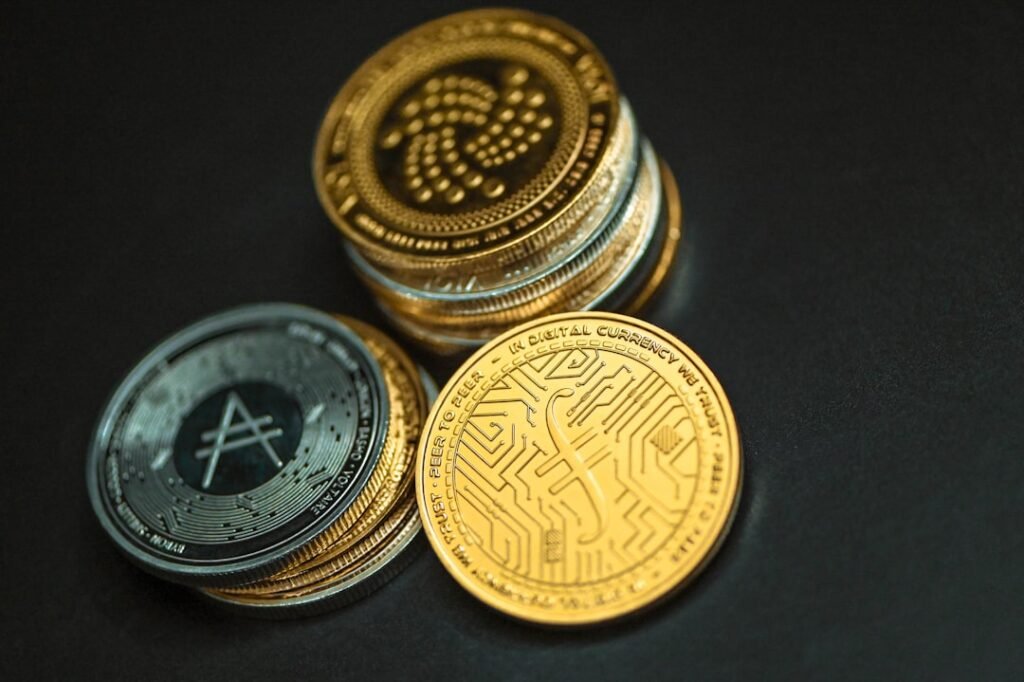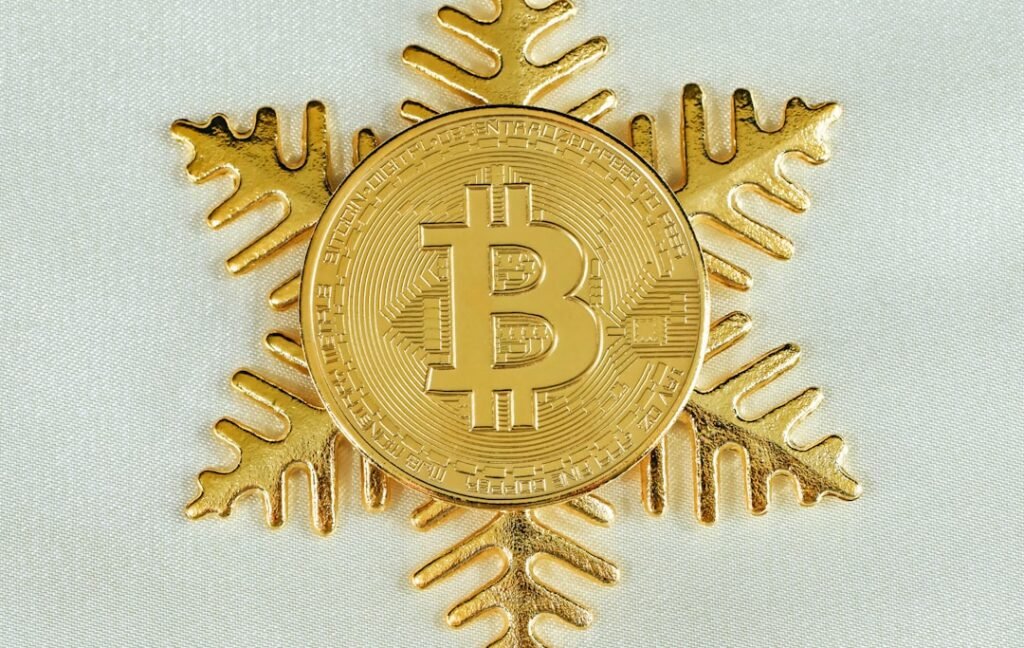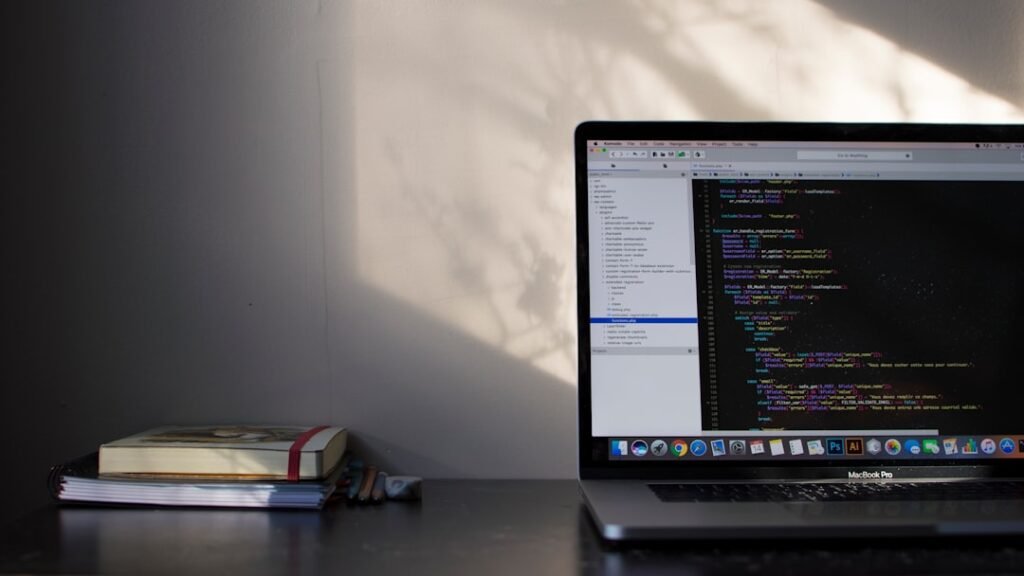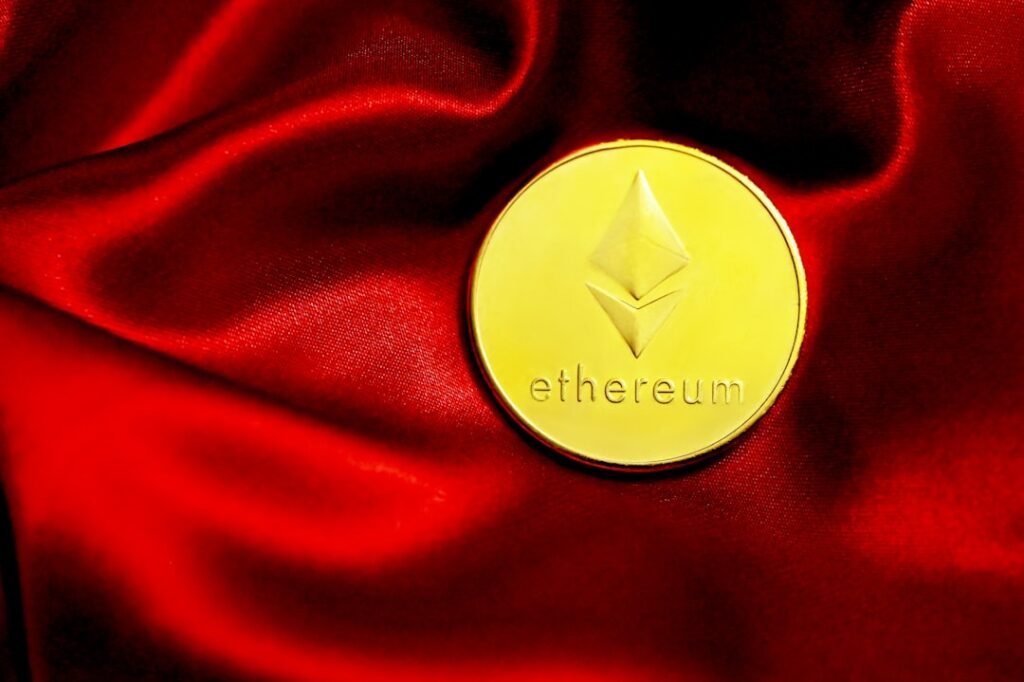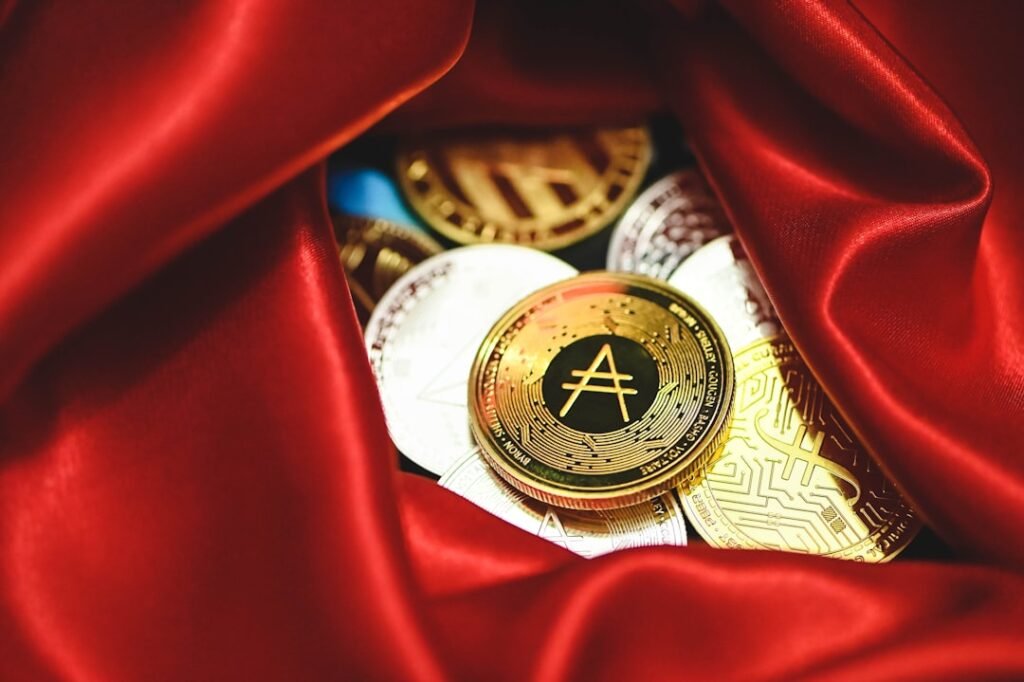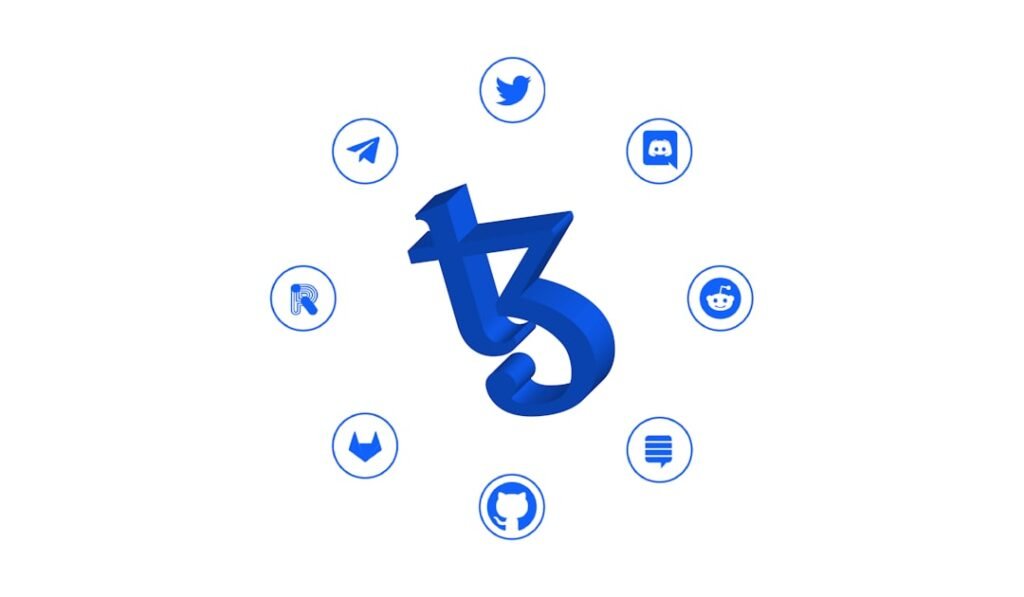How to Buy Bitcoin: The Ultimate Beginner's Guide to Exchanges and Secure Storage
Bitcoin has transformed from a niche digital experiment into a mainstream financial asset, significantly outperforming traditional investments over the past decade. Its potential for diversification and wealth growth attracts new investors daily. While past performance doesn't guarantee future results, understanding how to buy and securely store Bitcoin is crucial for anyone entering this exciting market. This comprehensive guide walks you through every step, from choosing an exchange to safeguarding your investment.
What Should You Consider Before Buying Bitcoin?
Before diving in, understand Bitcoin's unique characteristics. Your Bitcoin wallet balance is public information visible on the blockchain – anyone can see the amount held and transaction history. Crucially, however, wallet ownership remains pseudo-anonymous. Transactions are traceable but complex to link directly to an individual unless associated with a regulated exchange account during conversion to traditional currency (fiat). This link occurs due to mandatory Know Your Client (KYC) regulations imposed by law in many countries to combat illicit activities like money laundering and terrorism financing.
Essential Pre-Purchase Check: Always verify the legal, regulatory, and tax implications of buying and holding Bitcoin in your specific jurisdiction.
How to Buy Bitcoin: A Step-by-Step Guide for Beginners
Buying Bitcoin is simpler than it often appears. Follow these structured steps:
1. Choose a Reputable Bitcoin Exchange or Trading Platform
Your first step is selecting a trustworthy platform. Popular global options include:
- Binance
- Bybit
- MEXC
- OKX
- Coinbase
Key Selection Criteria:
- Fees: Compare trading fees, deposit/withdrawal fees, and any hidden costs.
- 安全性: Prioritize platforms with strong security measures like two-factor authentication (2FA) and a proven track record.
- Legality: Ensure the exchange operates legally within your country.
- Payment Methods: Confirm the platform accepts your preferred funding method (bank transfer, credit/debit card, etc.).
- User Experience: An intuitive interface is vital for beginners.
- Customer Support: Responsive support is essential for resolving issues.
2. Create an Account and Deposit Funds
Once chosen, sign up:
- Provide required personal information (name, email, address).
- Undergo KYC verification by submitting identification documents (passport, driver's license, proof of address). This process is mandatory on regulated platforms.
- After verification, deposit funds. You can typically deposit fiat currency (USD, EUR, GBP, INR, etc.) or, if you already own some, Bitcoin.
- Funding methods vary: bank transfer, credit/debit card, or third-party processors like MoonPay, Simplex, Banxa, Google Pay, or Apple Pay.
- Be aware of minimum deposit requirements and associated fees. Start with a small amount initially.
3. Place Your Buy Order
With funds in your exchange account, you're ready to buy Bitcoin (BTC):
- Market Order: Buys Bitcoin instantly at the best available current market price. Execution is fast, but slight price fluctuations (slippage) may occur, especially during high volatility or on less liquid exchanges. Generally minimal.
- Limit Order: Allows you to set the exact price you are willing to pay. The order only executes if the market reaches your specified price. This offers price control but may not fill immediately or at all if the price doesn't hit your target.
You don't need to buy a whole Bitcoin. You can purchase fractional amounts (e.g., $50 or $100 worth).
4. Transfer Bitcoin to Your Personal Wallet (Highly Recommended)
Leaving Bitcoin on an exchange exposes it to potential hacking or platform failure risks. Always transfer your BTC to a secure, personal wallet you control.
Types of Wallets:
- Hardware Wallets (Cold Storage): Physical devices (like USB drives – e.g., Ledger Nano X, Trezor Model T) that store private keys offline. Most secure option for significant holdings.
- Software Wallets (Hot Wallets): Applications on your desktop or mobile device. Convenient for smaller amounts or frequent transactions but less secure than hardware wallets as they are internet-connected.
- Paper Wallets: Physical printouts of your public and private keys. Secure from online hacks but vulnerable to physical damage, loss, or theft. Requires extreme caution in generation and storage.
The Transfer Process: Locate the withdrawal function on the exchange, paste your personal wallet's Bitcoin deposit address, specify the amount, and confirm. Network fees (miner fees) apply.
Alternative Ways to Buy Bitcoin
Beyond exchanges, several other methods exist:
- Bitcoin ATMs:
- Find a nearby ATM using sites like CoinATMRadar (check fees and limits).
- Have your Bitcoin wallet address ready (QR code is easiest).
- Select "Buy Bitcoin" and input cash amount.
- Scan your wallet's QR code.
- Insert cash.
- Confirm the transaction. Receive BTC in your wallet (can take minutes). Note: ATM fees are typically high (5-15%).
- PayPal: Eligible users (PayPal Balance, certain business accounts) can buy Bitcoin directly in the PayPal app:
- Go to "Finances" or "Crypto" section.
- Select Bitcoin, tap "Buy."
- Choose the amount and frequency (One-time, Daily, Weekly, Biweekly, Monthly).
- Set a start date (if recurring) and confirm.
- Review order summary, tap "Next."
- Select linked payment method (bank/card).
- Tap "Authorize and Schedule." Purchases occur immediately (one-time) or per schedule. Note: Many exchanges (Binance, OKX, Bybit) also facilitate P2P Bitcoin purchases using PayPal.
- Credit/Debit Card: Many exchanges (Binance, KuCoin) allow direct Bitcoin purchases via card. While convenient, be aware of potentially higher fees compared to bank transfers.
- Peer-to-Peer (P2P) Platforms: Sites like Paxful connect buyers and sellers directly. You negotiate terms, and the platform holds funds in escrow until both parties confirm. Offers more privacy but requires caution when dealing with individuals.
- Decentralized Exchanges (DEXs): Platforms like Uniswap or PancakeSwap allow trading without a central authority using smart contracts. Higher privacy but generally more complex for beginners and often deal in tokenized Bitcoin (WBTC) rather than native BTC.
- Traditional Brokers & Money Apps: Platforms like Robinhood, eToro, PayPal, Venmo, and Cash App offer Bitcoin buying. However, they often restrict the ability to withdraw your Bitcoin to an external wallet, meaning you don't hold the private keys.
How to Securely Store Your Bitcoin
Owning Bitcoin means controlling private cryptographic keys that grant access to your funds on the blockchain. Security is paramount.
Understanding Wallet Types:
- Custodial vs. Non-Custodial:
- Custodial: A third party (like Coinbase exchange) holds your private keys. They manage security, sometimes offer insurance, but you rely on their integrity and security practices. Can be hot or cold.
- Non-Custodial: You alone hold and control your private keys. No third-party risk, but security responsibility rests entirely with you. Can be hot or cold.
- Hot Wallets vs. Cold Wallets:
- Hot Wallet: Software wallet connected to the internet (desktop, mobile, web-based). Essential for making transactions but inherently more vulnerable to hacking, malware, and online theft. Estimated that ~17% of Bitcoin is lost, often due to lost hot wallet keys.
- Cold Wallet (Cold Storage): 錢包 not connected to the internet (hardware wallet, paper wallet, offline USB). Significantly more secure against remote attacks. The gold standard for storing larger amounts long-term.
Choosing the Safest Storage:
- Hardware Wallets (Commercial Cold Storage): Devices like Ledger or Trezor offer the best balance of security and usability. They generate and store keys offline. Transactions are signed internally and only broadcast online. Even if connected briefly (some have Bluetooth/WiFi, ideally disabled when not in use), the private keys never leave the device. Use the accompanying software to view balances without exposing keys.
- Paper Wallets: Generating keys completely offline (using open-source, audited software on a clean, air-gapped computer) and printing them securely. Store the printout(s) in multiple ultra-secure physical locations (e.g., safes, safety deposit boxes). Vulnerable to physical damage, loss, or theft. Crucial: Never use online generators.
- Secure USB Drives: Encrypted USB drives used solely for storing wallet files/keys, disconnected after use, and stored securely. Requires rigorous discipline.
Critical Security Practices:
- Backup Religiously: Regularly back up your entire wallet (especially the
wallet.datfile for software wallets) and seed phrase. Store backups in multiple secure physical locations. Encrypt backups with strong, unique passwords. - Use Strong, Unique Passwords: Every wallet and exchange account needs a robust, unique password. Consider a reputable password manager.
- Enable Two-Factor Authentication (2FA): Mandatory for exchange accounts and highly recommended for software wallets. Use an authenticator app (like Google Authenticator or Authy), not SMS, for better security.
- Keep Software Updated: Regularly update your wallet software, computer/phone operating systems, and antivirus software to patch vulnerabilities.
- Guard Your Seed Phrase: Your seed phrase (recovery phrase/mnemonic phrase – typically 12 or 24 words) is the master key to regenerate your wallet and keys. Never store it digitally (no photos, cloud storage, emails, texts). Write it down on durable material (consider titanium plates) and store multiple copies securely offline. Memorize it if possible (but have backups!). Anyone with this phrase can steal your Bitcoin.
- Consider Multi-Signature (Multisig): Requires multiple private keys (held by you or trusted parties) to authorize a transaction. Enhances security but adds complexity. Only use with people you absolutely trust.
- Practice Safe Spending: Transfer only the Bitcoin you intend to spend soon from cold storage to your hot wallet. Move any change back to cold storage afterward. Your hot wallet balance is publicly viewable.
Conclusion: Building Confidence in Your Bitcoin Journey
Buying and securely storing Bitcoin is an empowering step towards participating in the digital asset revolution. By carefully selecting a reputable exchange, understanding the purchase process, and prioritizing robust security – especially through the use of non-custodial hardware wallets and diligent safeguarding of your seed phrase – you can confidently navigate this space. Remember, responsible ownership means taking full control and responsibility for the security of your private keys. Start small, learn continuously, and prioritize security above all else as you explore the world of Bitcoin investment.





